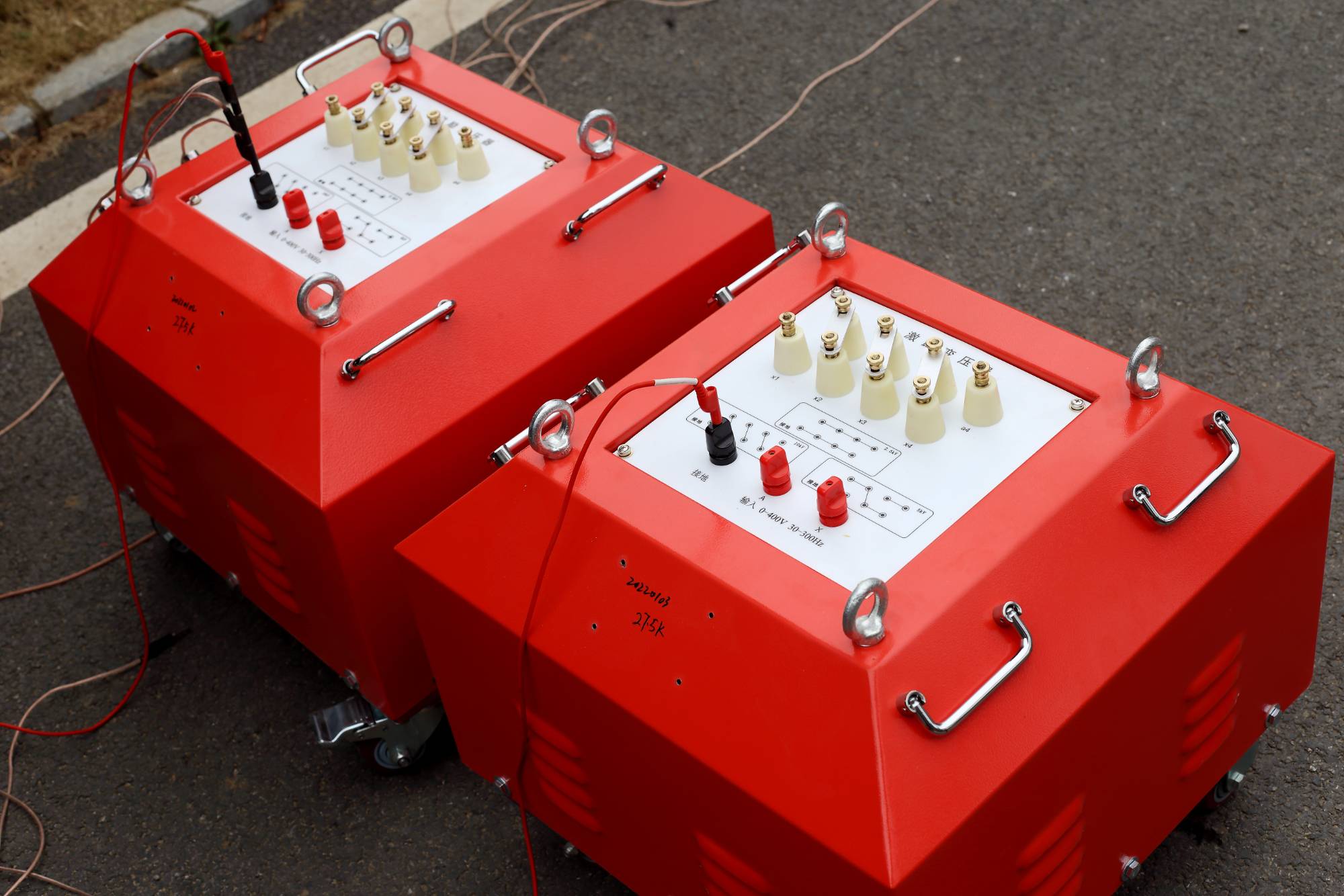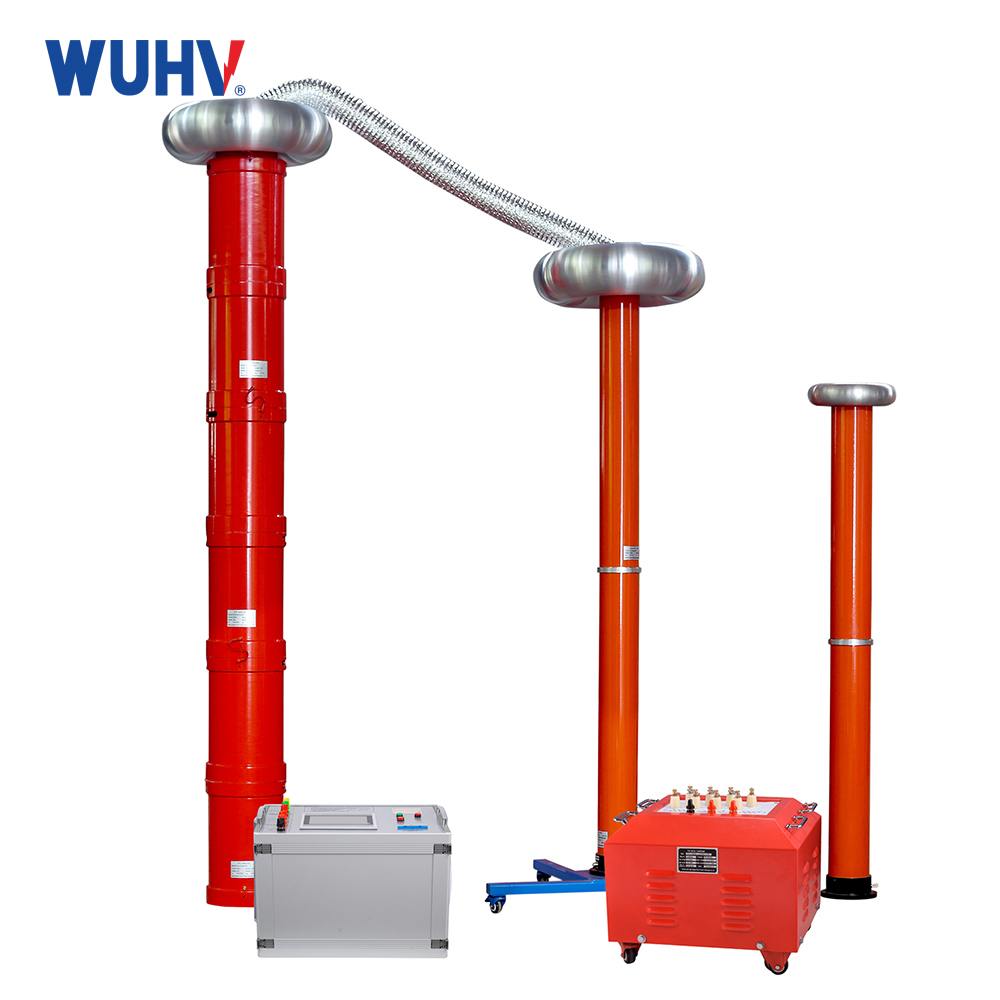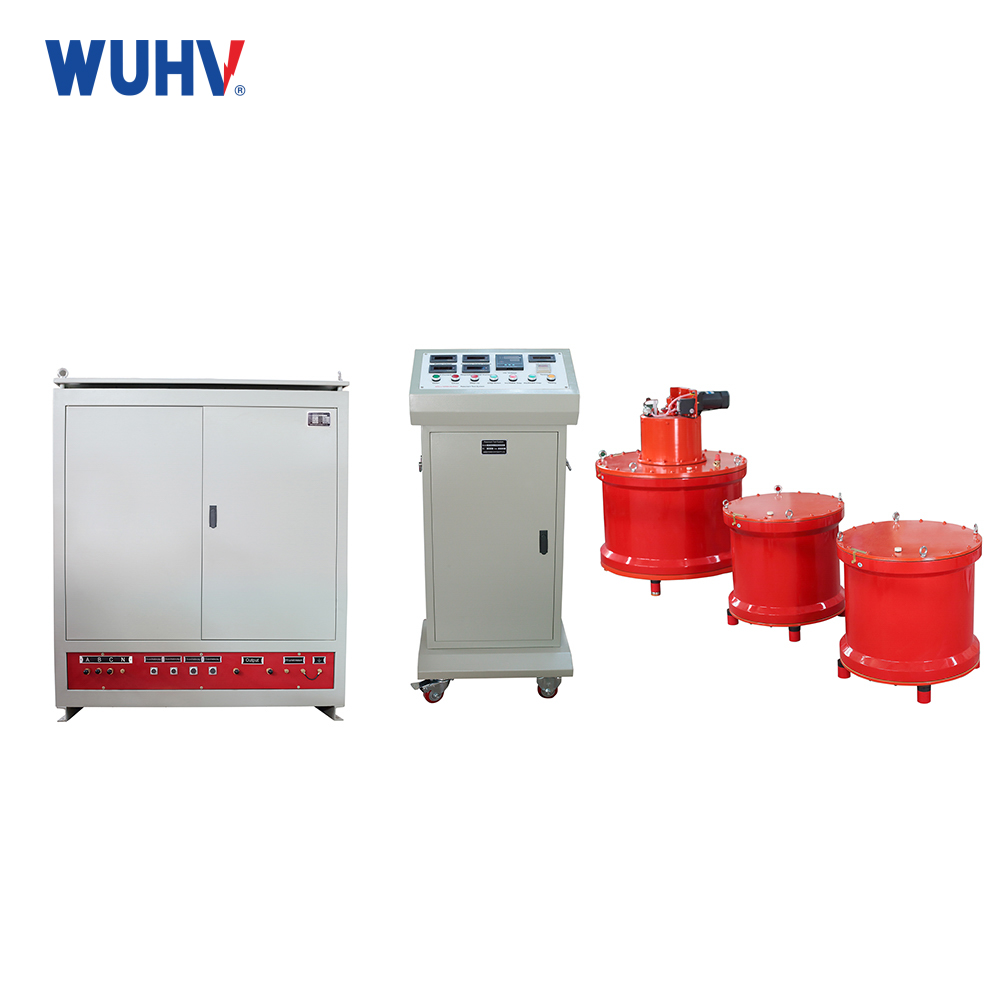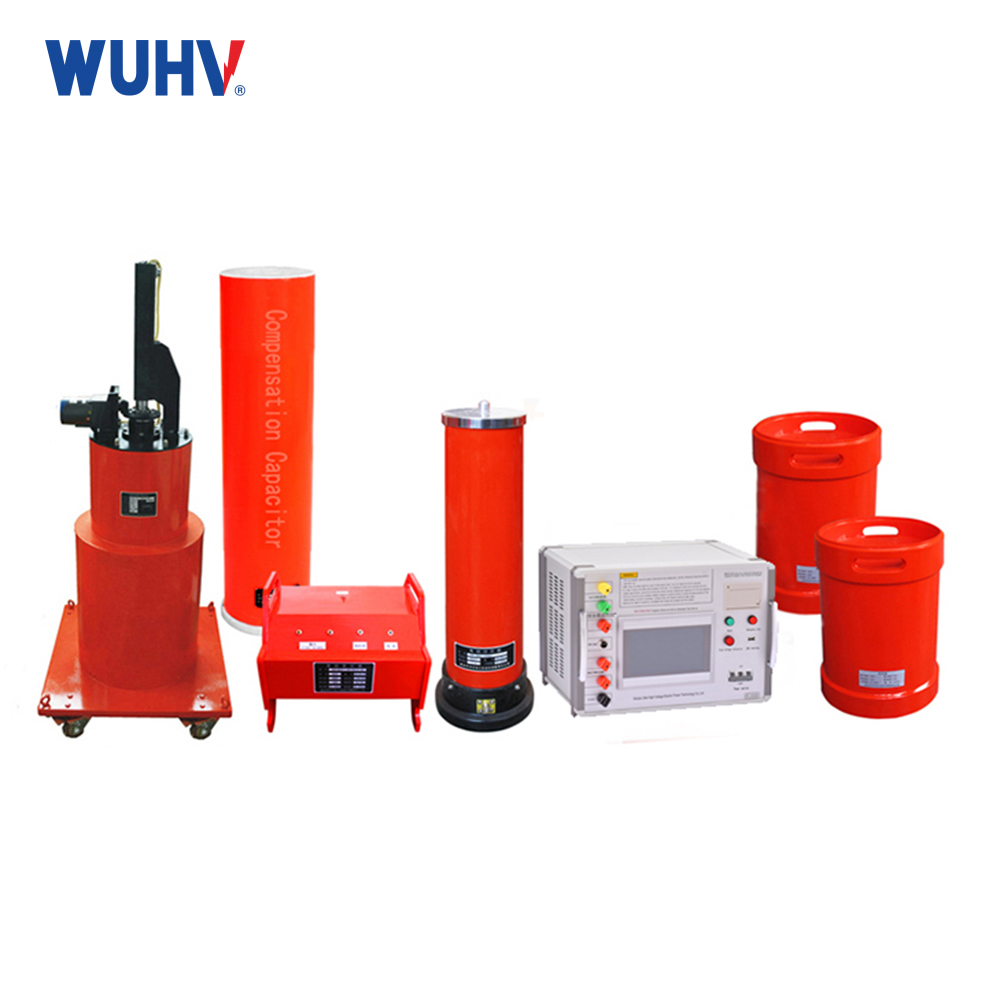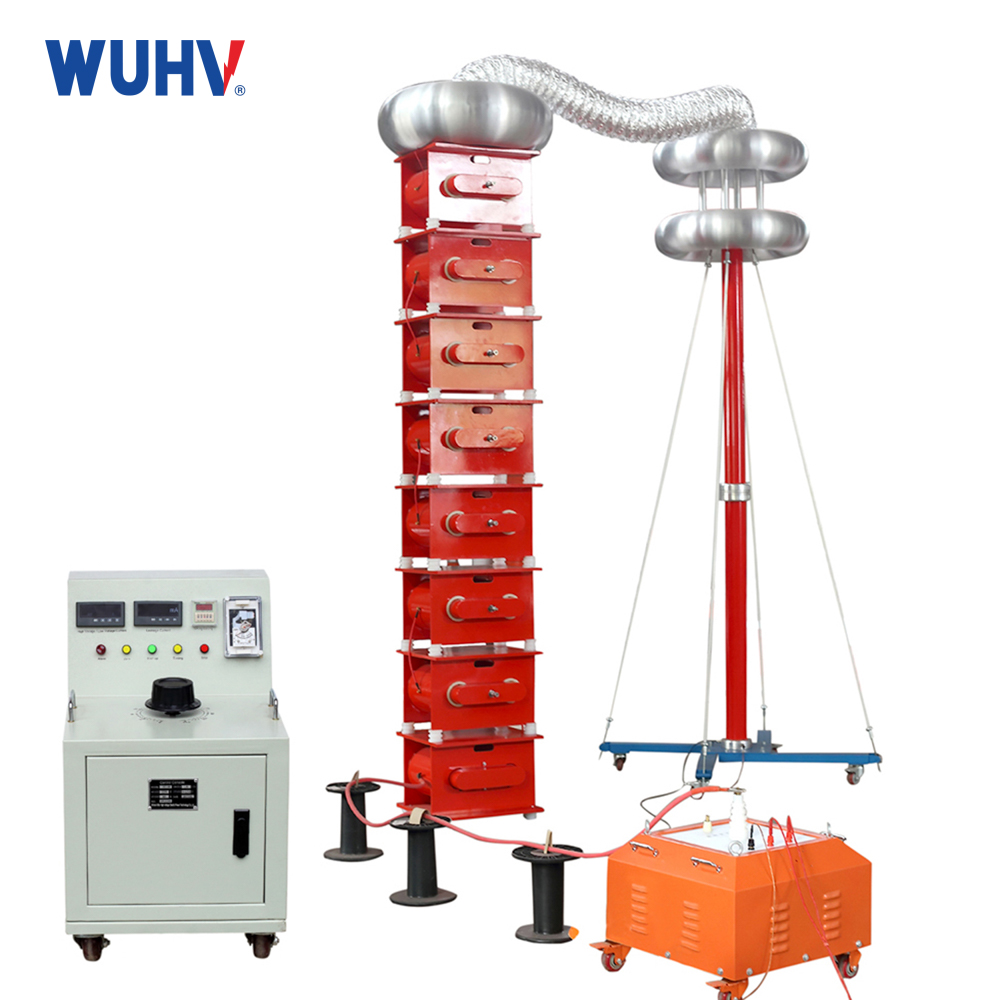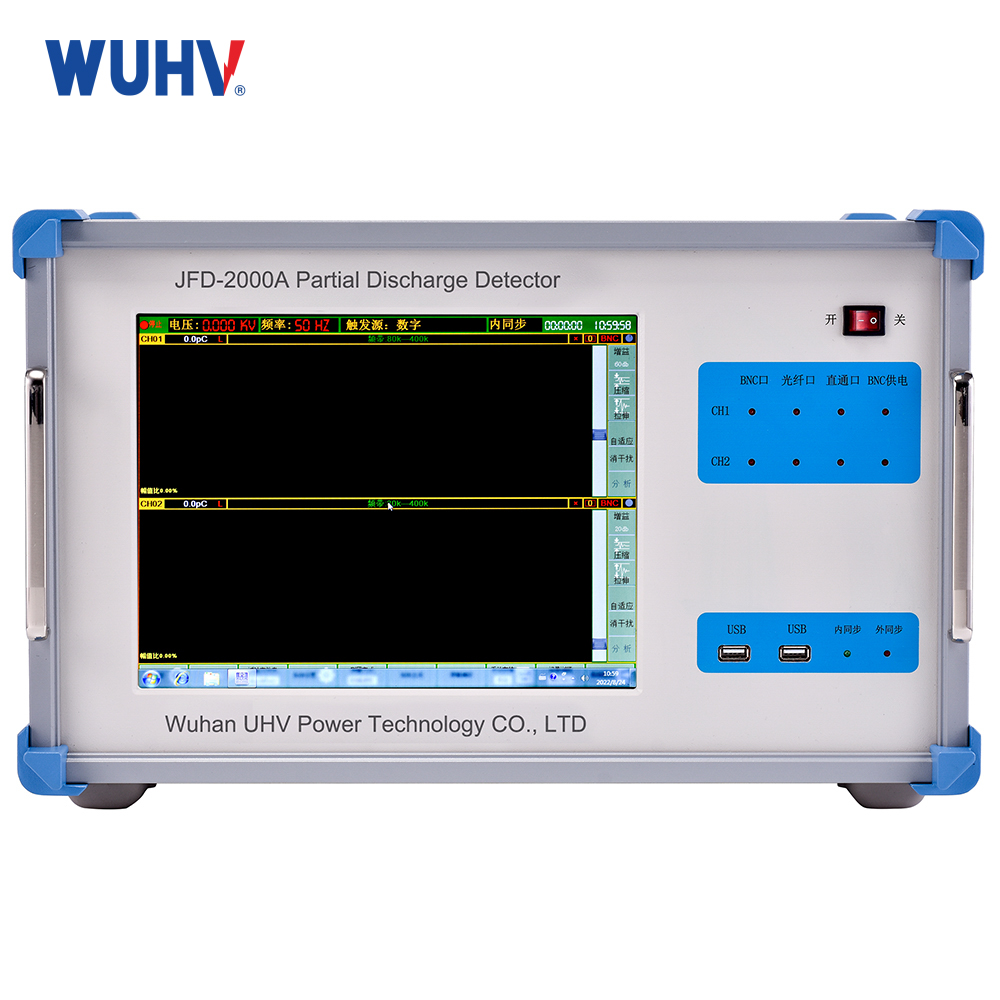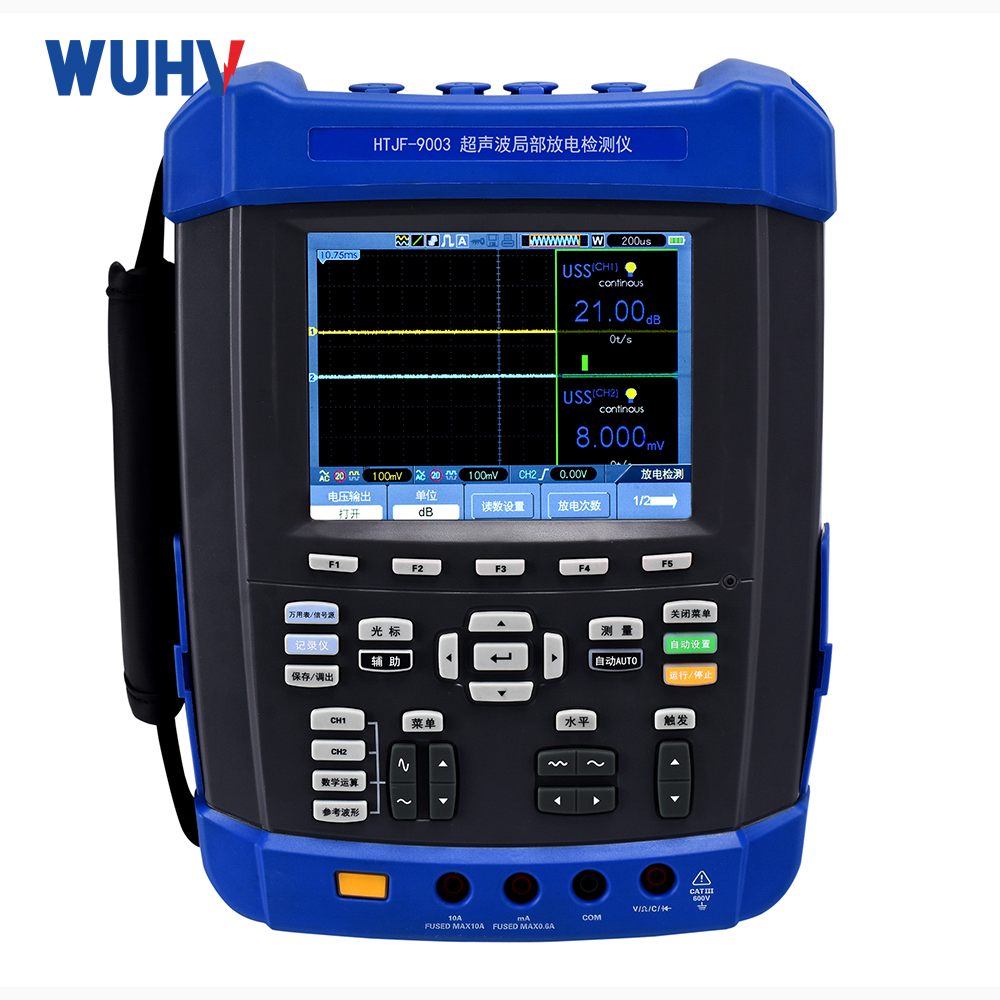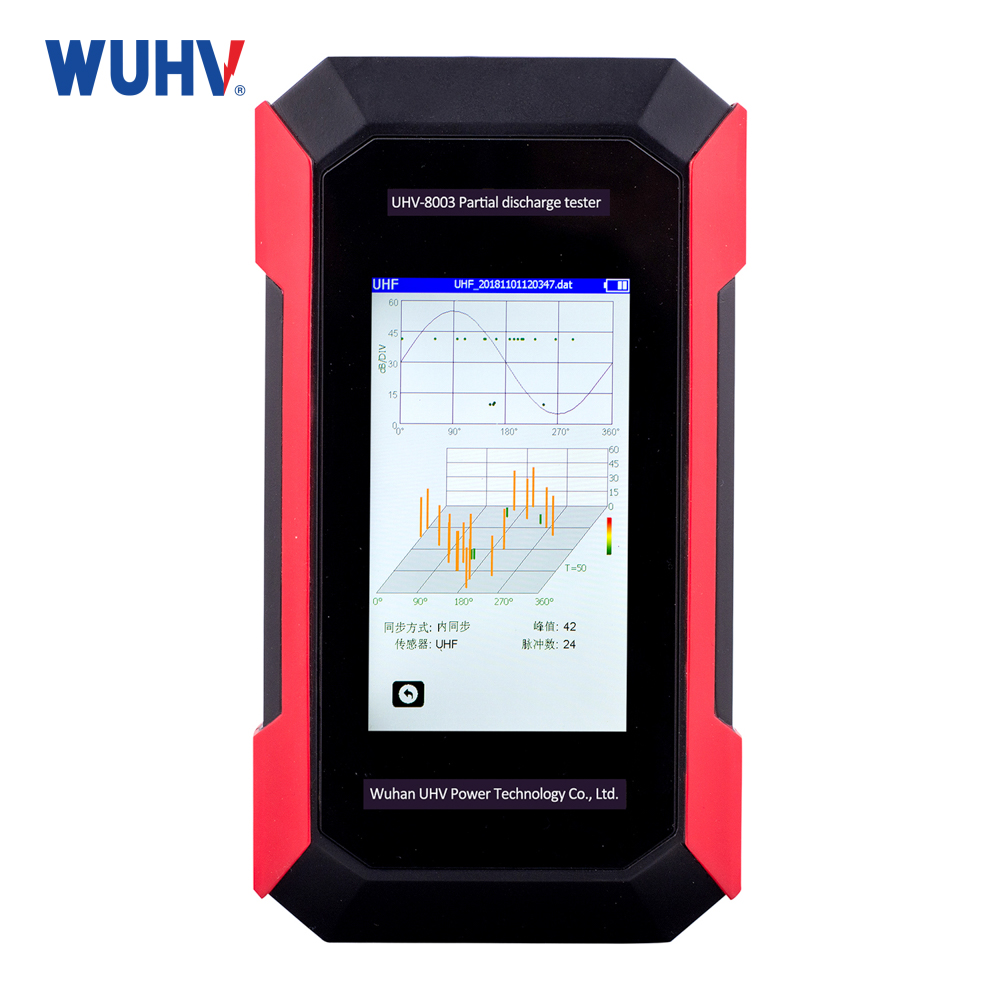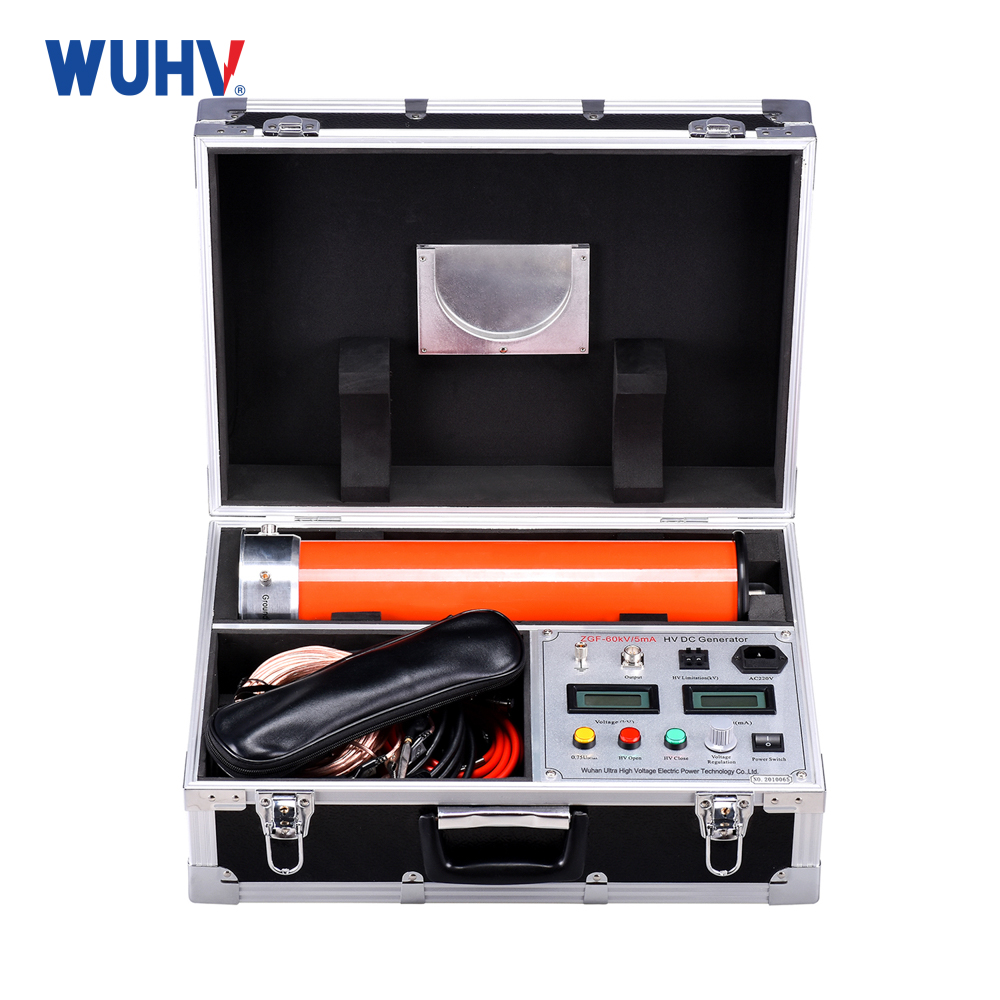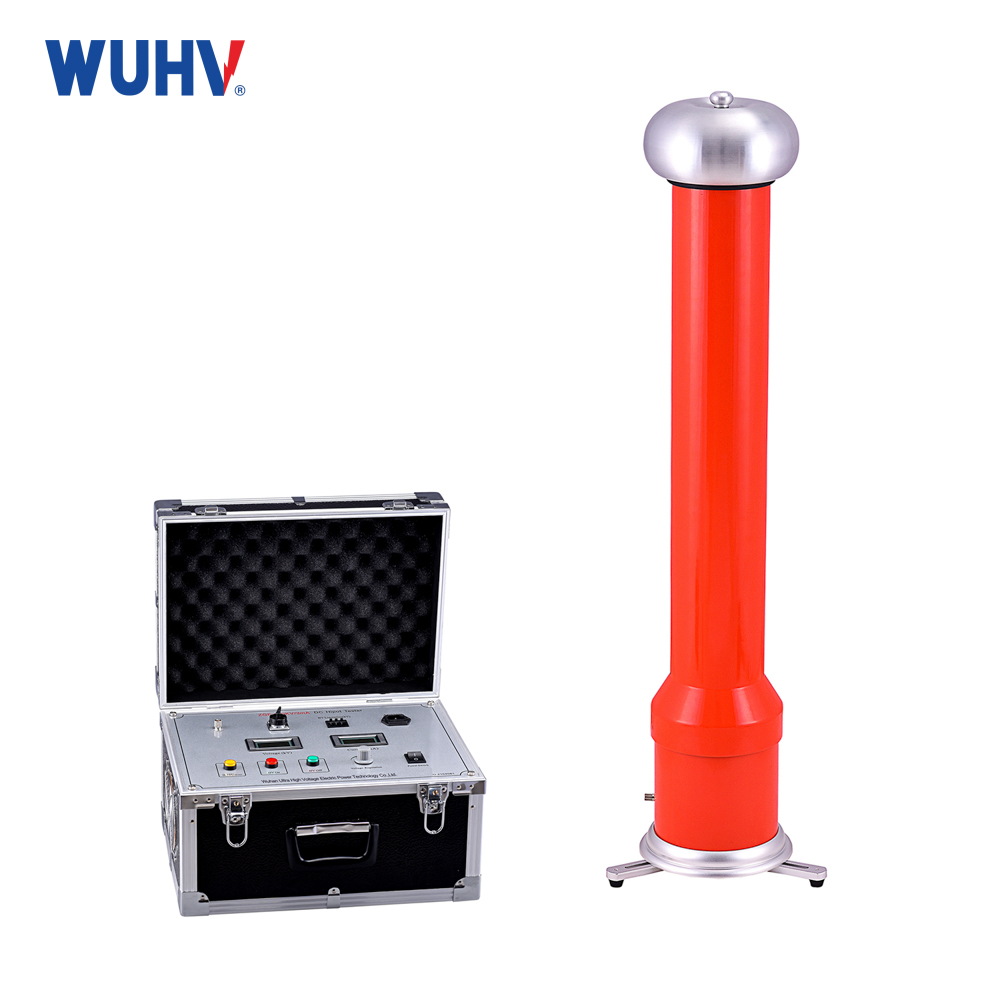When a voltage square wave is applied to an LC series circuit, both the front and rear edges of the square wave will excite the LC series circuit (i.e. receive energy), and after each excitation, damping oscillation (i.e. energy loss) will occur. When the rise rate dv/dt value of the input voltage waveform is greater than the rise rate of the resonant circuit waveform (sine wave), the circuit will generate excitation. When the rise rate dv/dt value of the input voltage waveform is less than the rise rate of the resonant circuit waveform, theseries resonant devicecircuit will resonate.
Due to the fact that the energy of the oscillation circuit has not been completely consumed after each excitation, a new excitation is then applied, causing the oscillation voltage to be superimposed again and again. If the phase of the excitation can be synchronized with the phase of the oscillating waveform, the amplitude of the oscillating voltage will increase until the energy of the excitation is equal to the energy of the circuit loss.
Therefore, when the quality factor Q value of the resonant circuit is very high, the resonant voltage can also rise very high. Ideally, the Q value is infinitely high (i.e. the antenna has no loss). The amplitude of the resonant voltage generated will also rise infinitely high, but this situation does not exist.
The voltage amplitude during resonance in aseries resonantcircuit is closely related to the phase of the excitation waveform, while it is not particularly correlated with the amplitude of the excitation waveform; In addition, it should be pointed out that the receiving antennas used for testing are also divided into electric field induction wires, magnetic field induction antennas, and electromagnetic field induction antennas.
In practical applications, antennas do not specifically distinguish between receiving antennas and transmitting antennas, and both can use the same antenna. Therefore, any charged conductor or conductor with current flowing through it in a circuit can be regarded as a transmitting antenna.
The magnitude of radiation interference generated by electronic devices is not limited to the amplitude of the interference signal. It is also related to the size of the sensing capacitors C1 and C2. It is related to the area of electric field radiation (capacitance is proportional to the size of the area). It is also related to the area of magnetic field radiation, therefore, minimizing the radiation area of interference signals is a good way to reduce radiation interference.


